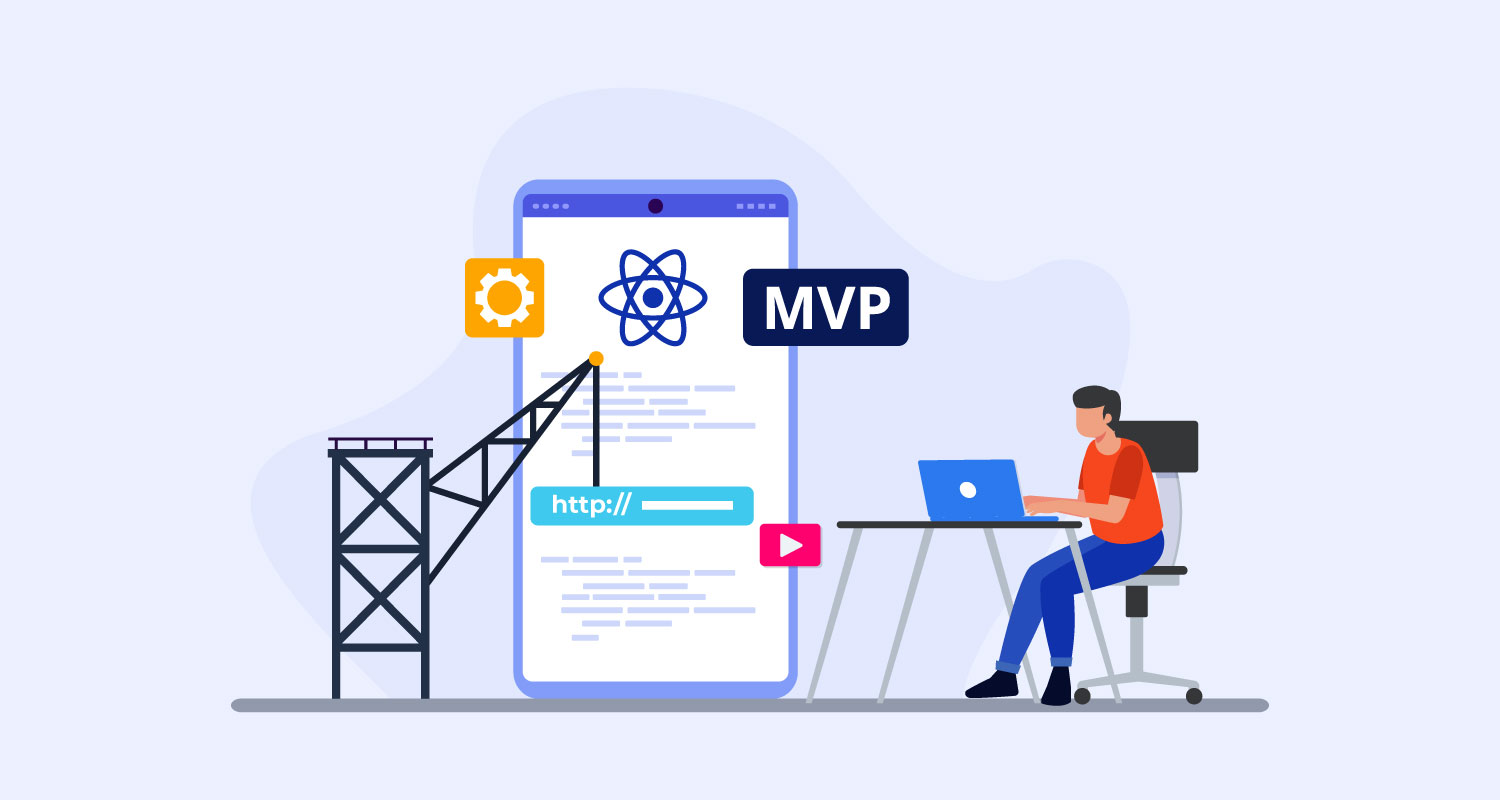Have you ever experienced that you were searching for a store, a restaurant online, but the web page loading causing torment. According to recent research, 53% of mobile visitors leave a site page that doesn’t load within three seconds. There are various solutions offered to make a mobile website faster. Google Accelerated Mobile Pages are the contribution made by the search giant – Google for a faster mobile web. A smartphone is an essential way to access websites for a growing number of users, regardless of the common speed issues Google’s Accelerated Mobile Pages (AMP) activity is meant to handle these issues by presenting a set of standards and confinements for websites sent to mobile devices. Mobile-optimized pages are loadable and viewable in mobile devices however AMPs are intended to load much speedier, giving users with instantly accessible content.
Accelerated Mobile Pages are a set of performance attentive limitations on HTML, CSS, and JavaScript that expand execution and enable Google to distribute upgraded content using their CDN. More or less, AMP implements the usage of AMP web components instead of certain HTML tags, restricts CSS selectors that can adversely affect execution, and disallows the use of non-AMP JavaScript outside sandboxed iframes.
According to the research, around 70% of regular web pages take around 7 to 10 seconds to load. Accelerated Mobile Pages only take a second. As you can imagine, the assessment is part with regards to how useful and how fundamental going AMP is. If you have a blog or a news website, the advantages of AMP are obvious. You can get your information to your mobile users quicker and cleaner than ever before and even show up in the Google News carousel.
Here Are The Reasons Why Accelerated Mobile Pages (AMP) Is So Fast?
Allow Asynchronous Scripts Only
AMP does not allow any JavaScript which is not asynchronous. At the point when a JavaScript is declared as async, it tells the browser that the execution of this JavaScript is not vital to the page render. The browser then understands that it does not need to wait for this JavaScript to build the page.
Size All Resources Statically
External resources such as images, advertisements or iframes must declare their size in the HTML with the goal that AMP can determine each component’s size and position before assets are downloaded. AMP loads the layout of the page without waiting for any external resources to download. In Amp, there are explicit sizes declared for these things but those sizes are used to get the aspect ratio of the thing with the goal that they can be rendered responsively.
Don’t Let Extension Mechanisms Block Rendering
In AMP by calling a script which knows that a special tag found within the HTML will be included. Because extension mechanisms use some portion of a layout to display unknown things in them which will require additional HTTP requests. For instance, if a webpage will have an amp-img in it, at that point the amp-img script is called in the head that will know that an amp-img tag will be in the HTML with the goal that it can load the image before it is even aware of what it will contain.
Mitigations For Third-party JS
Third-party JavaScript is typically the result solutions for things such as social buttons, analytics, tools, ads, and so on. By blocking all third-party JavaScript, AMP frees a webpage to render without waiting for anything else aside from what is totally required to show the obvious piece of the page.
All CSS Must Be Inline And Size-bound
In AMP, you will really need to compose CSS for the page itself, as opposed to for the entire site. As per Google, CSS cannot be larger than 50k and must be inlined into the HTML. This implies that if you are using a CSS framework you may need to change your approach. All CSS is rendered blocking which makes no difference at all can be shown in a browser until the CSS is managed.
Efficient Font Triggering
In AMP the font file starts loading before all other files with inlining the entire font to the HTML so the asset will be downloaded with as little delay as could be expected under the circumstances.
Run GPU Accelerated Animations Only
To ensure animations are AMP friendly, you should ensure that the animations can be given off to the GPU. The use of animations is becoming well known and widespread. The truth is, however, animations are used in such a significant number of places for little things for UI acknowledgments and other such things. In Amp, there is a restriction of animation by using Transform and Opacity Method.
Prioritize Resource Loading
In a site page images, ads and other external resources are often loaded in such that they are battling for the similar bandwidth and there is no simple method to know which resources will load before another. In AMP, It controls all resource downloads by organizing resource loading, loading only what’s required, and prefetches lazy-loaded resources.
Load Pages In An Instant
AMP uses preconnect to prerender to accomplish web pages that load essentially in a split second. In AMP, Preconnect link relation type is used to show a source that will be used to fetch the required resources. With prerendering, you are really telling the browser to act as if it is building and displaying a webpage by downloading the HTML, the resources, building the DOM, and doing the layout. As opposed to simply prerendering everything, it will just prerender above the fold content and resources, and since the AMP system is predictable, the entire prerendering thing just works much better via AMP.
Google’s Accelerated Mobile Pages (AMP) technology without any doubt makes websites to appear fast on mobile devices. Google prioritizes web pages with speedier load times, simple user experience, and mobile friendliness. By upgrading for a few key positioning factors, Accelerated Mobile Pages (AMP) enables sites to get found and improve the conversion rate of visitors that are on mobile devices. AMP enhances the user experience by using a leaner version of HTML, a special cache and extremely constrained JavaScript that helps pages load faster and users find the content they are searching for on a page. Before adopting any technology, consider all perspectives and qualities of your business and assess if this is something you can profit by – or if having a legitimate Mobile website would be preferable.







